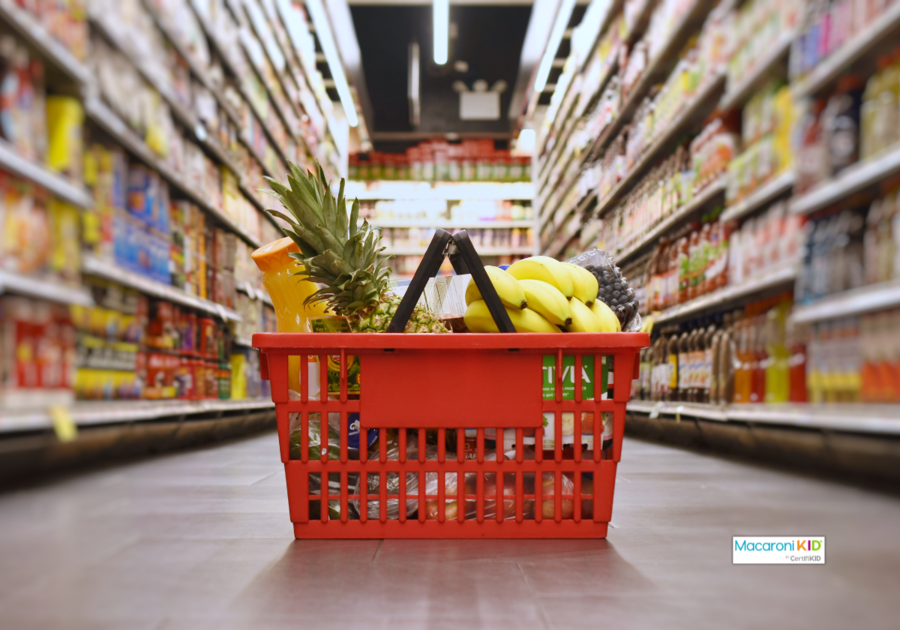If it feels like prices are skyrocketing, you're not imagining things: The average American household saw an increase of $709 in their expenditures compared to expenses from just two years ago.
One of the places it feels like we're getting hit the hardest? The grocery store. Prices in the grocery store have gone up double digits percentage-wise since COVID began. While those increases have slowed, grocery prices have still risen an average of 3.7% in the last year.
How can you save money at the grocery? Here are seven ideas on how to rein in that grocery budget. A few tweaks can make a big difference!
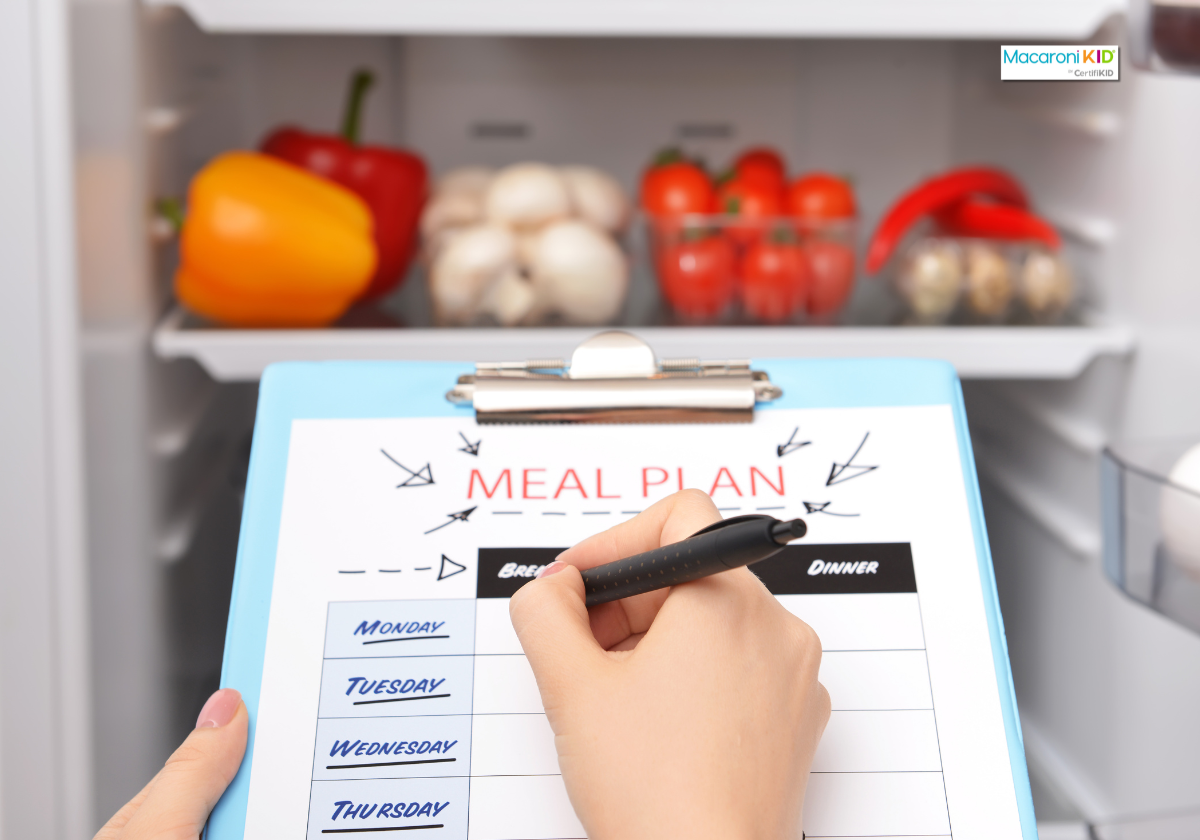 pixelshot | Canva pixelshot | Canva |
1. Meal plan
Before I go shopping, I always make a meal plan for the week.
I start my meal plan by checking what I have left in the fridge and freezer. I plan meals with fresh foods that will expire soon at the beginning of the week and save food stored in the freezer for meals toward the end of the week. This way, I can ensure less food waste and minimize spending at the store.
I also try to think about specific ingredients and how I can use them up throughout the week. For example, if I am using spinach in a soup, I'll also include spinach in another recipe on another day to ensure I am not throwing out yucky greens at the end of the week.
Read: How to Create a Monthly Meal Plan, Plus Free Planning Pages!
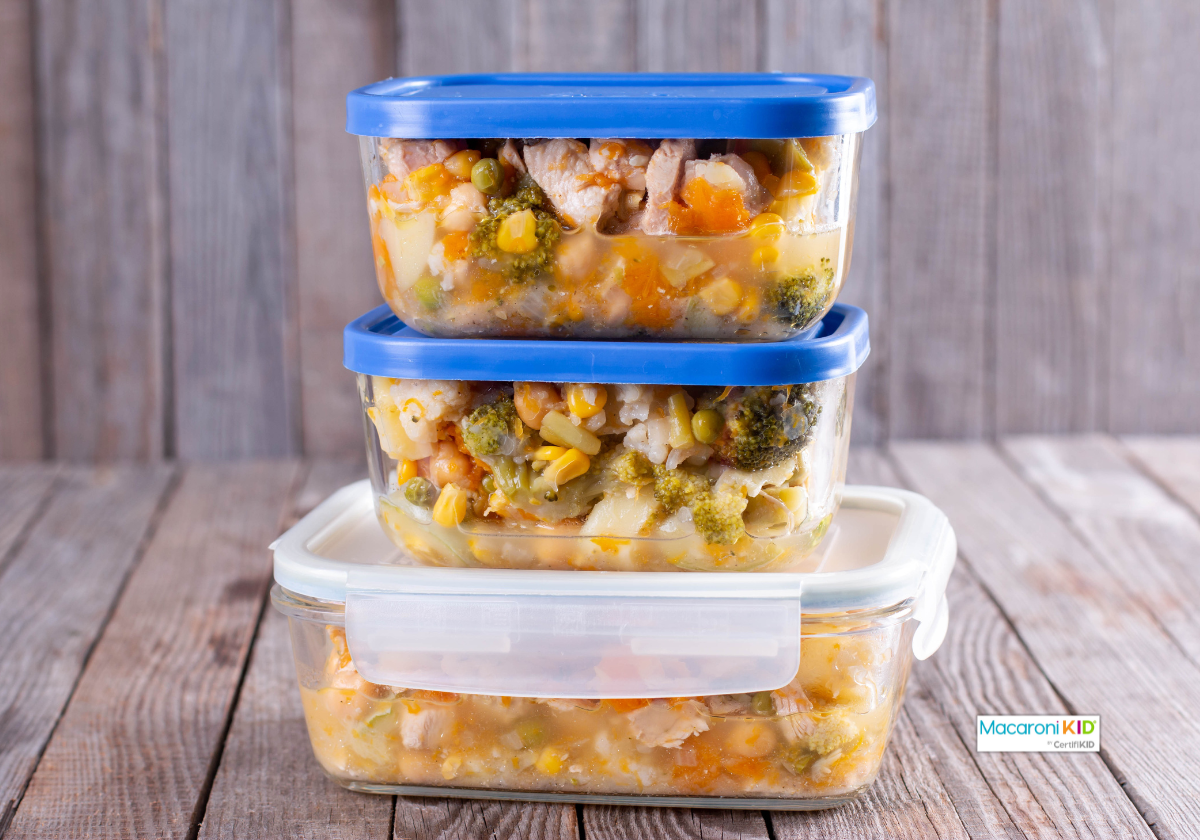 Ahanov Michael | Canva |
2. Use those leftovers
If you aren't a "leftover person," hear me out. Leftovers don't need to be the same meal three times in a row. Instead, save your leftovers in steps.
For instance, if you are making spaghetti and meatballs, save the pasta before you add the sauce. The next night, use that leftover pasta in a chicken, broccoli, and ziti dish. Making tacos? Set aside some of the meat before adding seasoning. Later in the week, add that meat to sauces, a salad, or whatever you want! Using all those leftovers is a great way to save money at the store and help the environment.
Each year, the average American family of four loses $1,500 to uneaten food. — U.S. Department of Agriculture
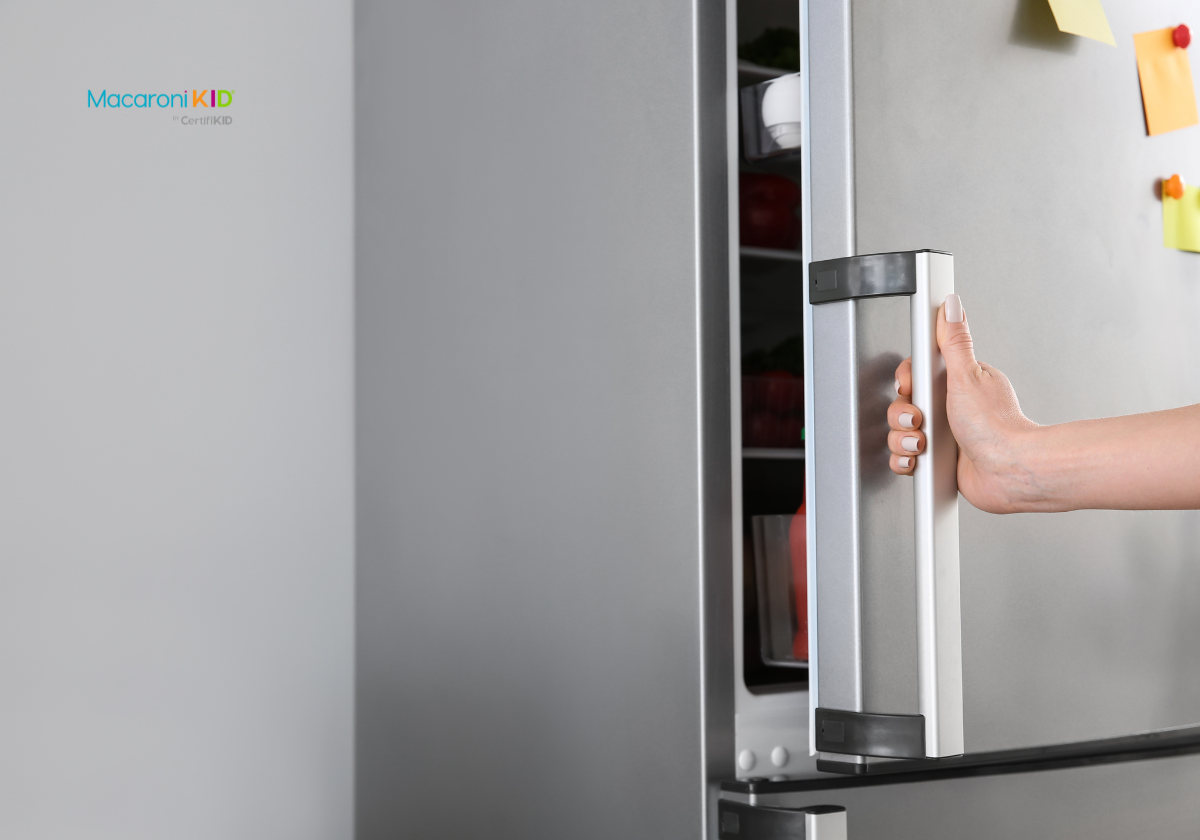 Pixelshot | Canva |
3. Move around fridge items
Every few days, check the items in your fridge. Move the items that are oldest to the front and move fresher items to the back.
This keeps food that needs to be eaten right in your (and your family's) eyeline. I stay organized this way by using one of my crisper drawers for produce that is older so I know to use that first. This way, I'm cutting down on waste and also ensuring fresher produce isn't exposed to more ethene, the gas that is released by produce ripening, and can also ripen other produce around it faster than you may want.
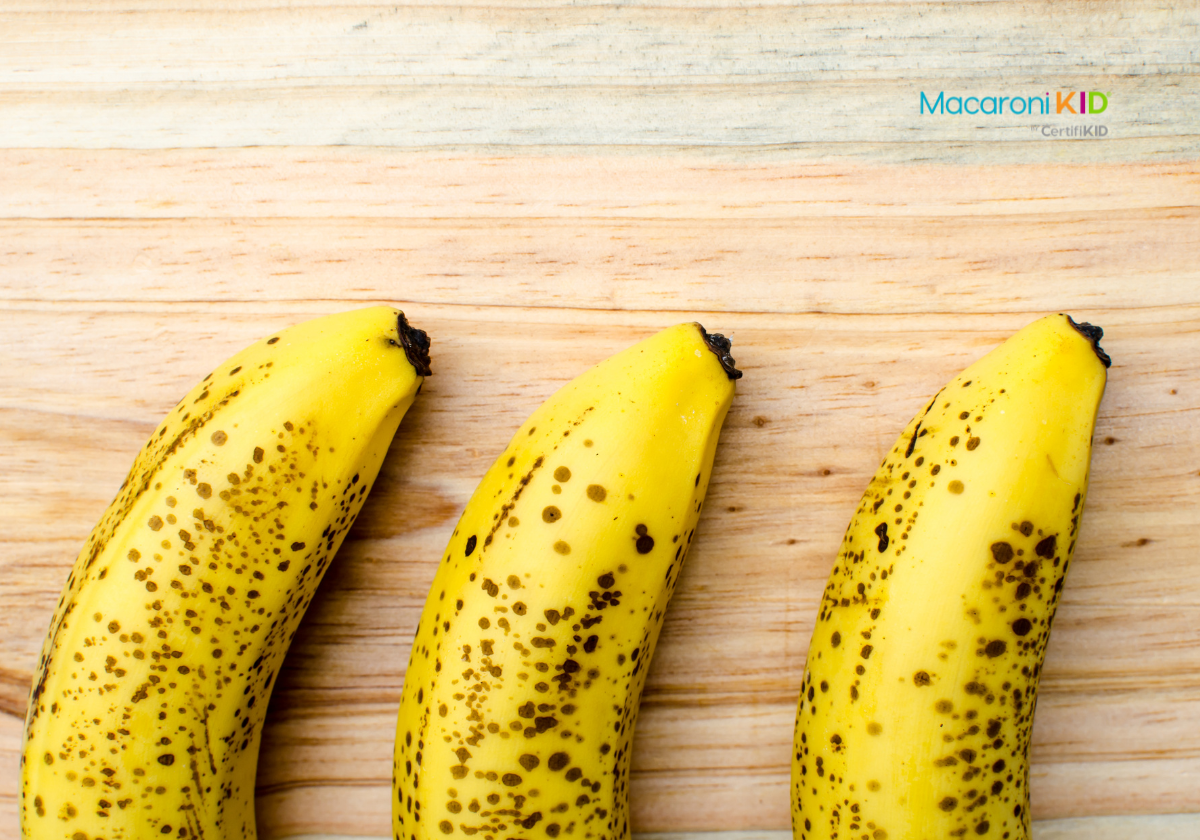 Mabelin Santos via Canva |
4. Save veggie scraps (and brown bananas!)
While it may not seem appetizing, you can use up those veggie scraps and brown bananas — and turn them into something delicious!
Veggie scraps can be turned into delicious and rich vegetable broth for soups. Keep a freezer bag just for this purpose and throw in scraps as you get them. When the bag is full, it's time to make some broth! And what about those brown bananas? They aren't just for banana bread. Slice and freeze, and add them to smoothies.
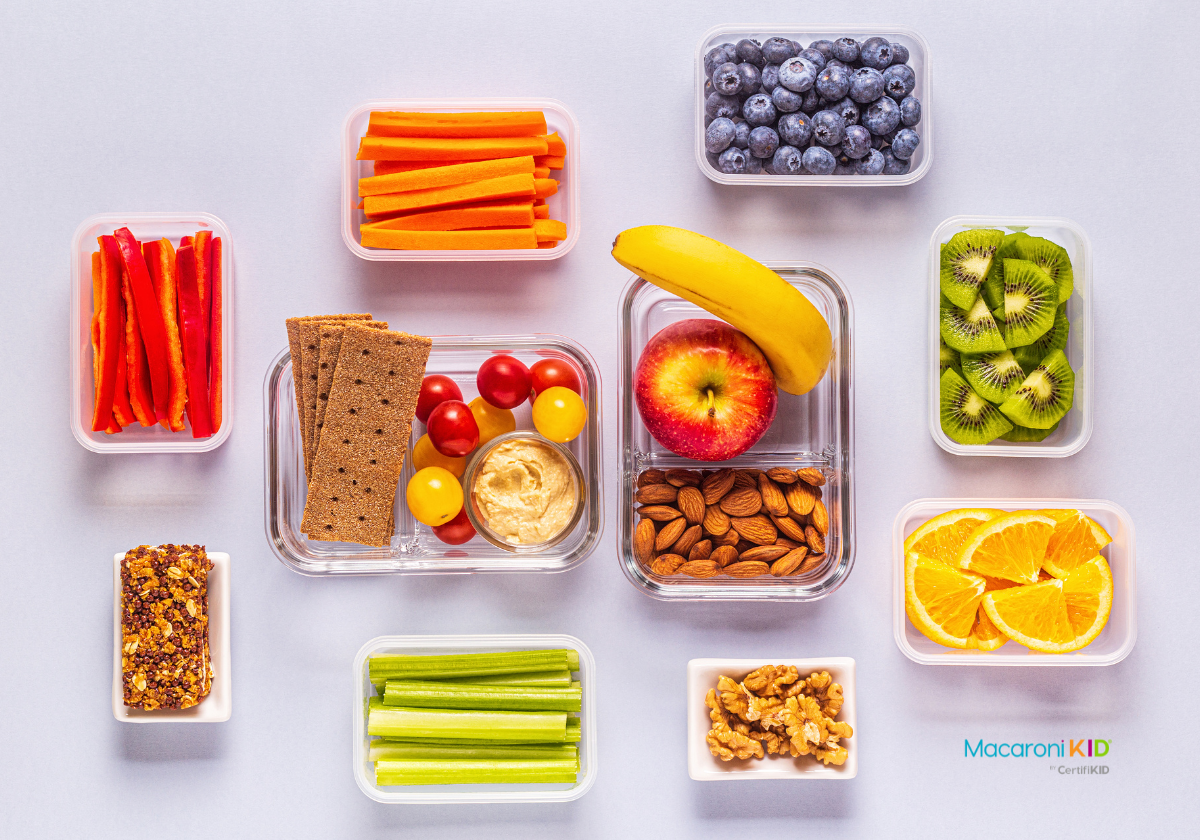 tbralnina | Canva |
5. Avoid snack packs
Individually packaged snacks often cost significantly more. While the packs are very convenient and easy, instead choose a large bag of your family's favorite snacks and bag them on your own into individual servings. Even better, use reusable snack bags or storage containers. It saves money on disposable bags while reducing what's sent to the landfill.
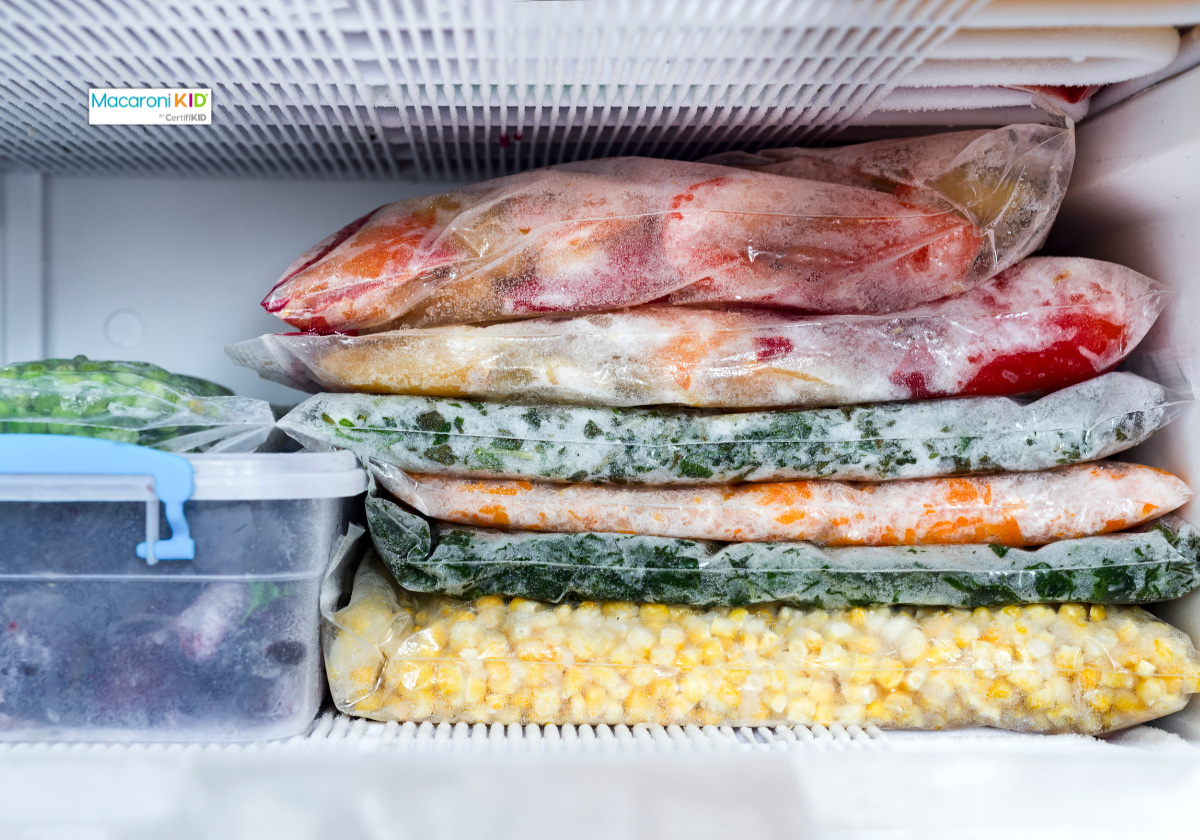 Lyulka | Canva |
6. Choose frozen or canned vegetables
Often, canned and frozen vegetables are much cheaper than fresh. Of course, this won't work for you all the time, but choose a canned or frozen option if it works with your meal plan. You'll save a few bucks without skimping on nutrition: Frozen vegetables are packed at the peak of freshness, and can actually offer more nutritional value than fresh produce that is past its peak freshness.
When choosing a canned veggie? Opt for lower sodium and no added sugars.
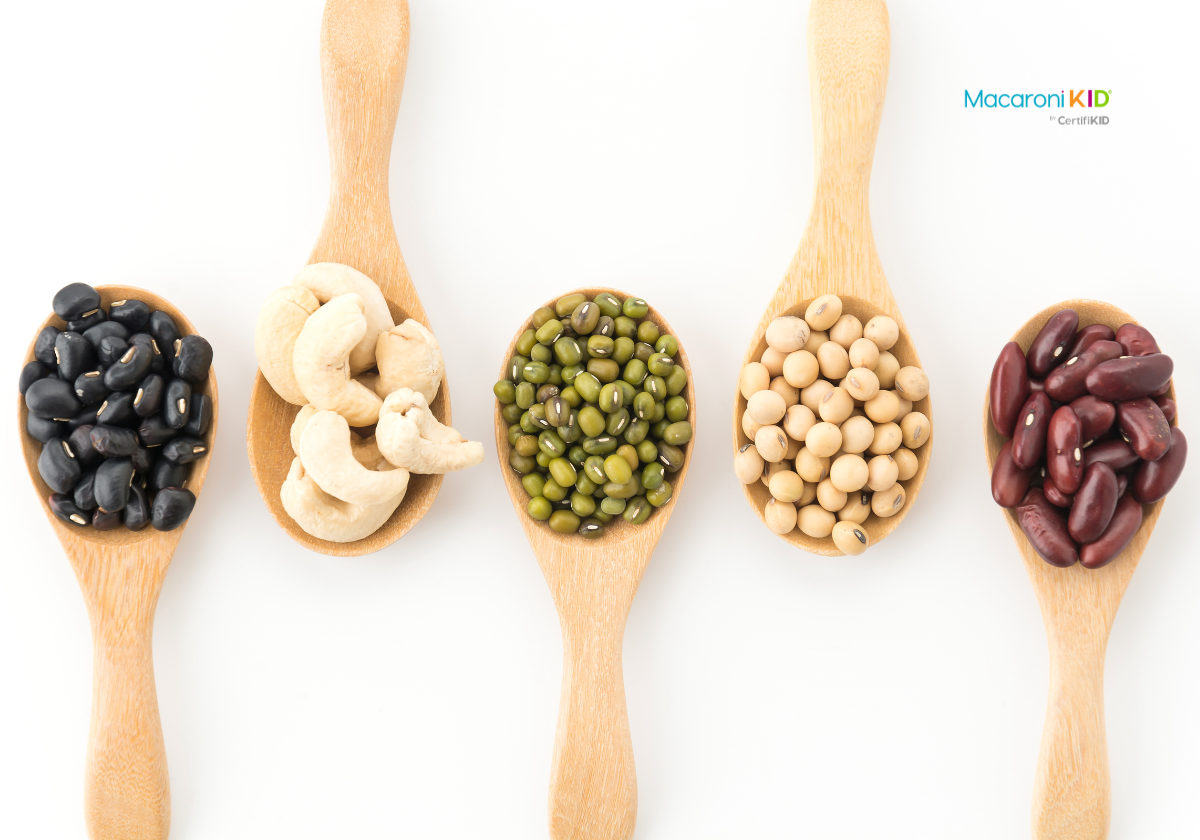 Ivan Negru's Images | Canva |
7. Get creative with protein
It's expensive to buy meat to feed my family of four. So, I've gotten more creative with meat to stretch it further. For example, if a chili recipe calls for one pound of meat and one can of beans, I will instead do two cans of beans and 1/2 pound of meat. We still get the protein we need but at a much lower price point.
With a little planning, creativity, and conscientious shopping, you can navigate rising grocery prices and emerge with both your wallet and your pantry in better shape than ever before.
Erin Michael is the publisher of Macaroni KID Plymouth, Mass.

